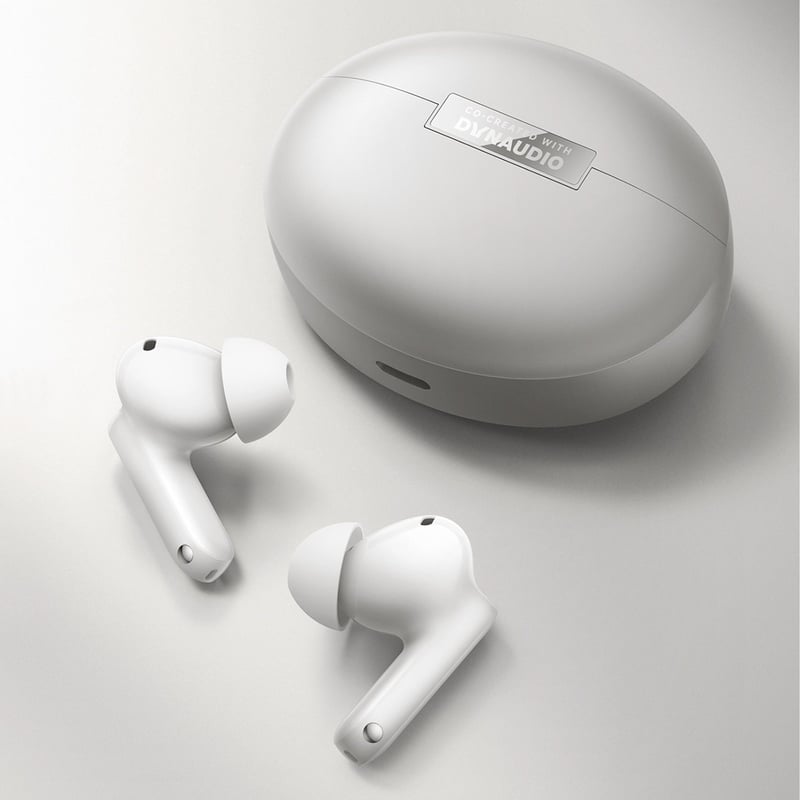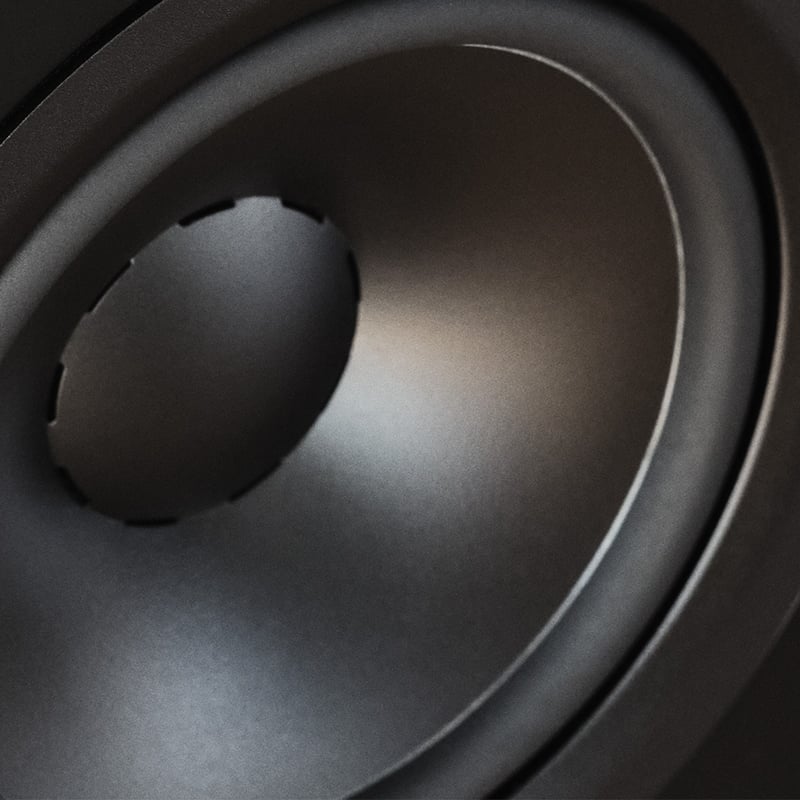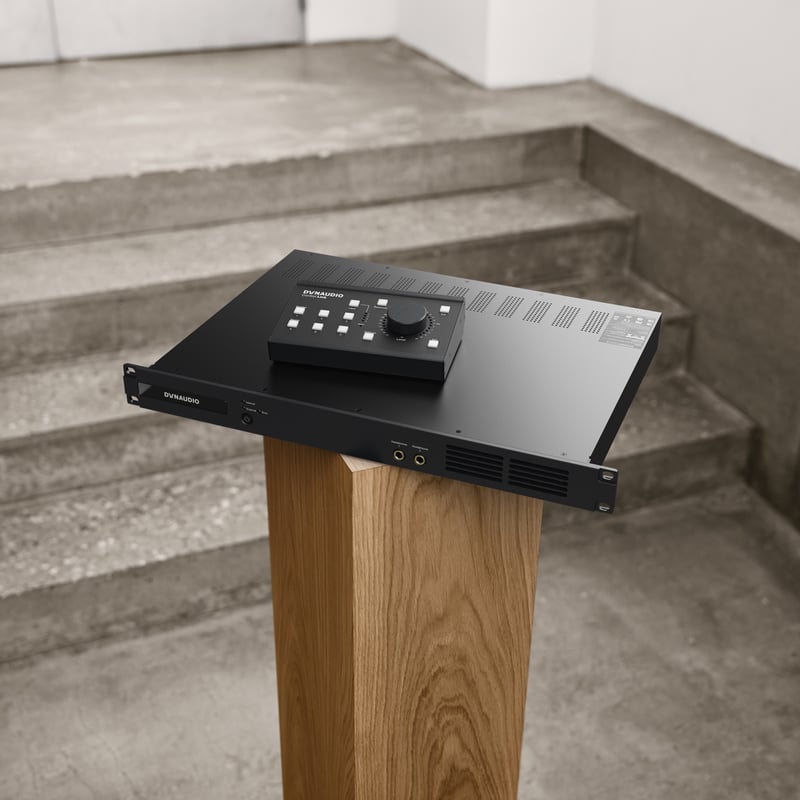Don't blame actors for mumbled voices - Blame your flat screen
No, there’s another reason for the unintelligible speech we’re hearing: the modern flat screen TV. While it may not be the sole reason, it’s at the very least a very big contributor to the problem.
To find out how the flat screen TVs affect the intelligibility of speech, we sat down with some of our experts – and while they talked about many reasons, they emphasized two things in particular: (1) the quality of reproduction and (2) speaker frequency response.
The quality of reproduction
How well sound is reproduced is an essential factor for our ability to interpret and understand what’s being said or played.
And, speech will become increasingly slurred and unintelligible, if the sound being reproduced is colored or blurred by poor loudspeaker drivers that aren’t constructed properly and/or cabinets that ‘play along’ due to unwanted vibrations, which can occur in cabinets that are built in frail materials.
Moreover, loudspeaker drivers have been neglected and not prioritized in the TV’s pursuit for ever slimmer designs (fitting a 14cm midrange with an accompanying magnet system into an 2cm deep TV is rather difficult) and the rather slim and fragile build of flat screens are poor at reducing unwanted vibrations. Actually, the old CRT TVs were much better in this regard as they had both room for proper drivers and were built in rigid and sturdy materials.

Every little trick counts
To make matters worse, the built-in speakers in today’s flat screens aren’t directed towards you. No, they are pointed backwards and rely on reflections off of the wall. Which isn’t a very good idea.
You want to eliminate reflections when trying to achieve good sound reproduction – not encourage them, as they color the sound immensely. How you place your speakers and the directionality of the sound is alfa-omega, as wall reflections and vibrations from furniture have a detrimental effect on sound waves - so make sure to move the TV out from the wall: every little trick counts.
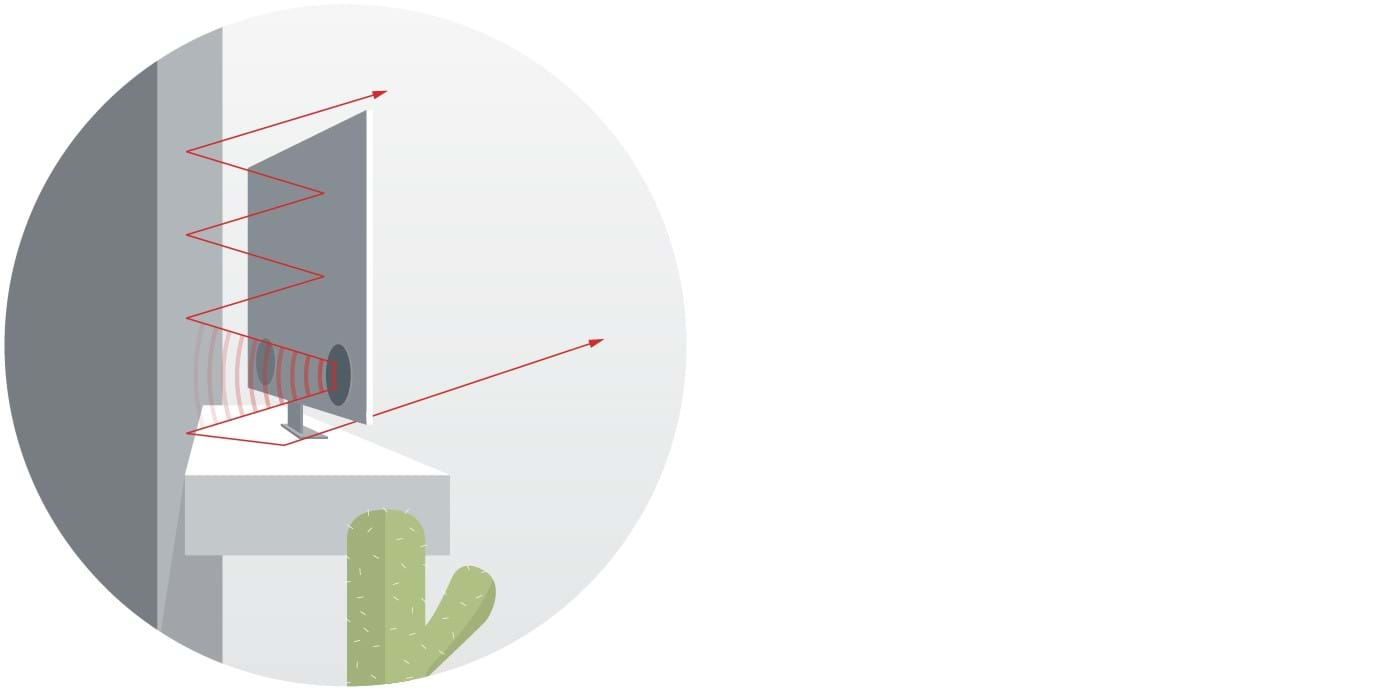
Frequency response of the speaker
Another aspect that influences intelligibility is frequency response. The human voice has a frequency range between the fundamental frequencies around a 100Hz to the harmonic frequencies above 3000Hz. In active speakers, you could easily emphasize this part of the frequency range to promote speech intelligibility – however, it would mean sacrificing the clarity of other components of the sound.
Moreover, while we could emphasize this frequency range, it wouldn’t do much good for the built-in active speakers in your flat screen. Flat screens direct sound towards the wall making all of the frequencies colored and blurred due to them being reflected off of it. As emphasizing the vocal range wouldn’t change the aim of the flat screen, we would still end up with colored and blurred sound – it isn’t other frequencies that color sound, it’s reflection off of the wall.
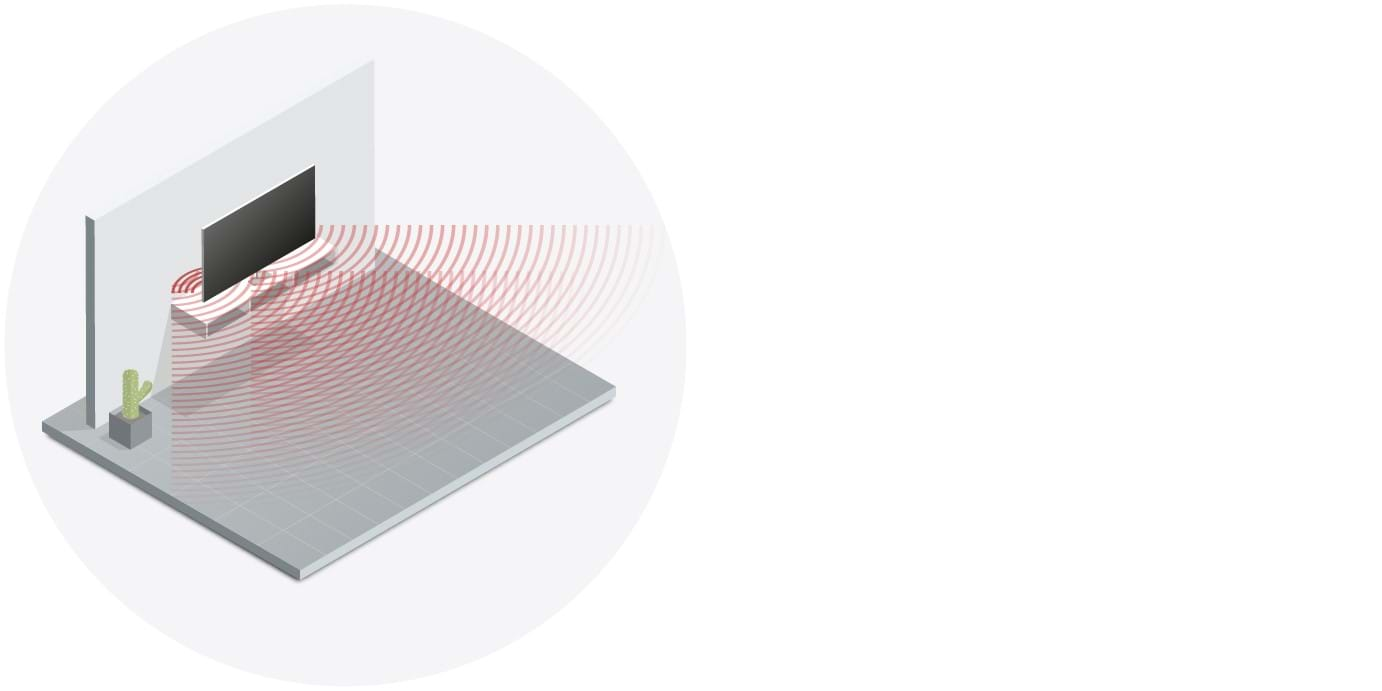
Unintelligible speech can come from a variety of sources
At the end of the day, unintelligible speech can come from a variety of sources: bad sound at the production, actors that mumble, a bad internet connection so Netflix can’t stream it properly, and/or the flat screen.
But the problem with bad sound from the TV is that it obscures even good sound productions and perfect articulation. We could move the flat screen further away from the wall, but it would only solve one problem – by no means all of them.
And don’t worry, we aren’t saying that you have to go out and buy the most expensive speakers you can find (although a pair of Evidence Masters would make for a killer pair of TV speakers) or speakers specially designed to reproduce voices. No, the solution is to use speakers that are separate from the TV, speakers that sound great.
What would we recommend? Easy. The Dynaudio Xeo 2 speaker system is a perfect fit for any flat screen connected by its optical input. Click here to read more about the Xeo 2s.
Sign up to get more great articles
Nothing compares to the satisfaction of knowing – for a fact – that something is as good as it gets





